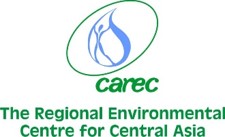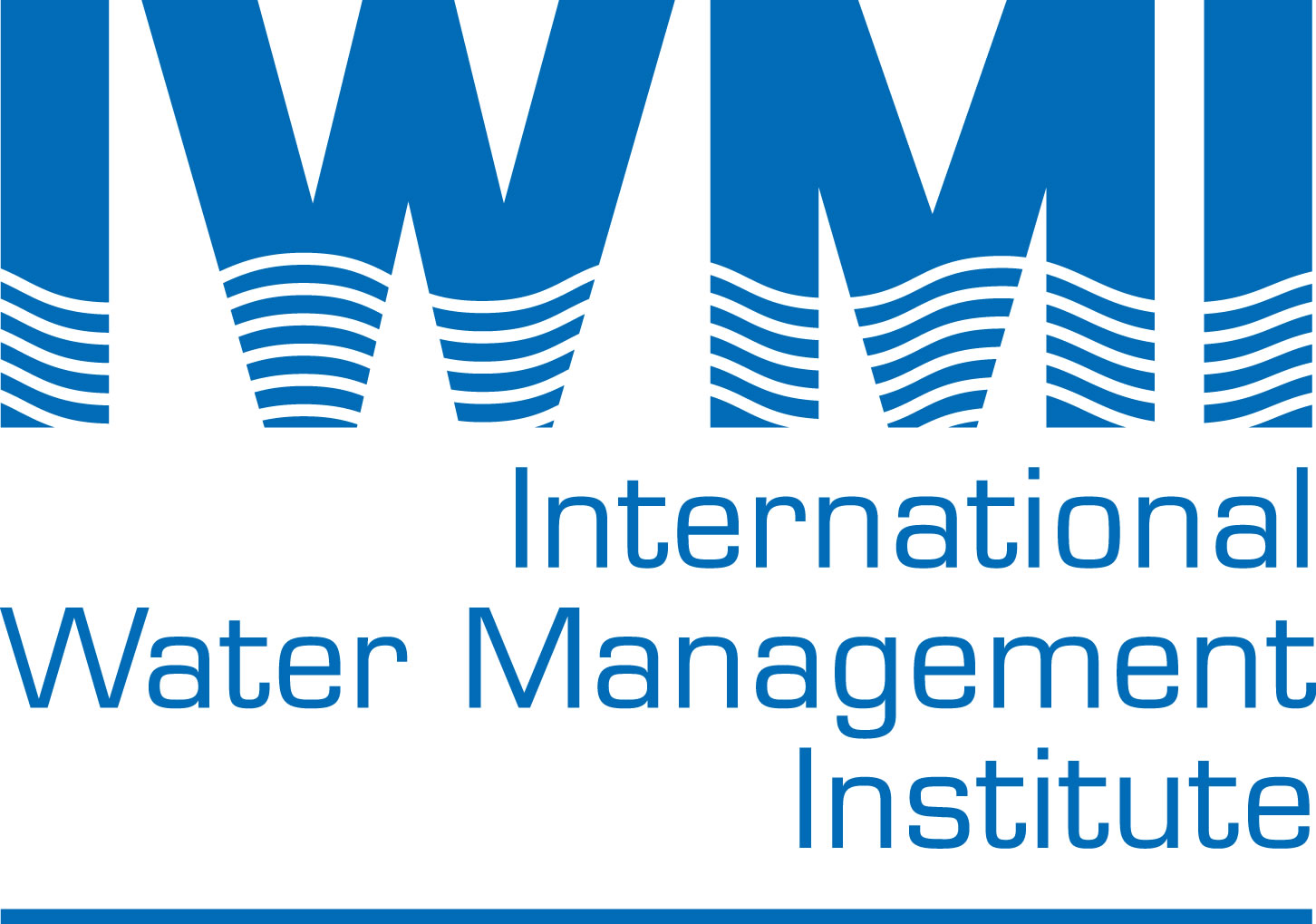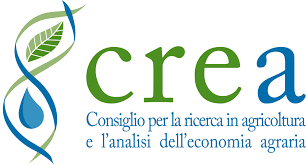 Rehabilitation of the Bad Bad irrigation canal and its headwork
Rehabilitation of the Bad Bad irrigation canal and its headwork
Irrigated agriculture is the basis of the Uzbek economy and the main source of employment and income in rural areas. Deteriorating irrigation and drainage infrastructure as well as poor irrigation management practices have led to signifi-cant water losses and decreasing agricultural productivity.
The Bad Bad irrigation canal is located about 45 kilometres to the northeast of Samarkand city and provides water for approximately 10,000 hectares of irrigated land in the Bu-lungur district of Samarkand province. A headwork diverts water to it from the Iski Tyatortar canal that is fed by the transboundary Serafshan river, which originates in Tajiki-stan.
The Bad Bad canal is over 70 kilometres long and was originally constructed in the 1960s as an earthen canal; only later were some parts lined. The headwork’s unfavourable location causes the erosion of the canal banks and the entry of sediments into the canal. Without appropriate operation and maintenance works, the irrigation system has significantly deteriorated. At pre-sent, the canal is silted and overgrown with weeds, concrete sections have deteriorated and sedimenta-tion has decreased its depth. These problems have reduced water flow, and led to infiltration and operational losses. Currently, water delivery efficiency and water use efficiency at field level barely exceed 60%.
Objective
The project aims to improve irrigation infrastructure and water management practices. Rehabilitating the canal and headwork will result in lower water losses and improved water management will reduce the degradation of irrigation systems. This will contribute towards a more sustainable agriculture and, ultimately, improve rural livelihoods.
Bad Bad irrigation canal before rehabilitation
The project mainly targets small-scale farmers and focuses in particular on regions with a high proportion of vegetable and fruit cultivation, as these will benefit most from new water-saving farming practices. Improving irrigation water management will increase output and directly benefit the rural population. The project also contributes to the Uzbek government’s strategy to reduce rural poverty by developing sustainable water resources.
[button link=”http://waterca.samar.uz/wp-content/uploads/sites/4/2014/07/2011-02-07_Fact-Sheet_BBIC-and-HW_UZ.pdf” type=”icon”]Download this fact sheet as PDF[/button]

 Русский
Русский













